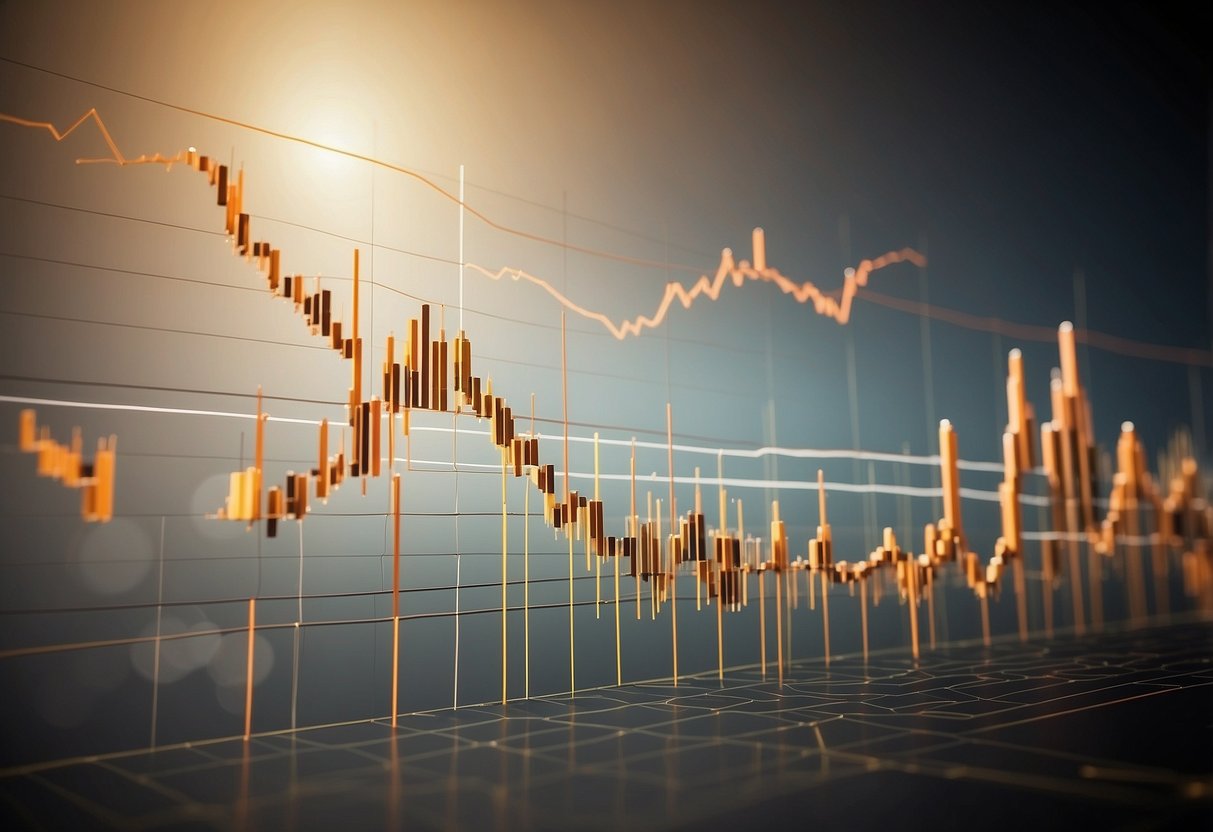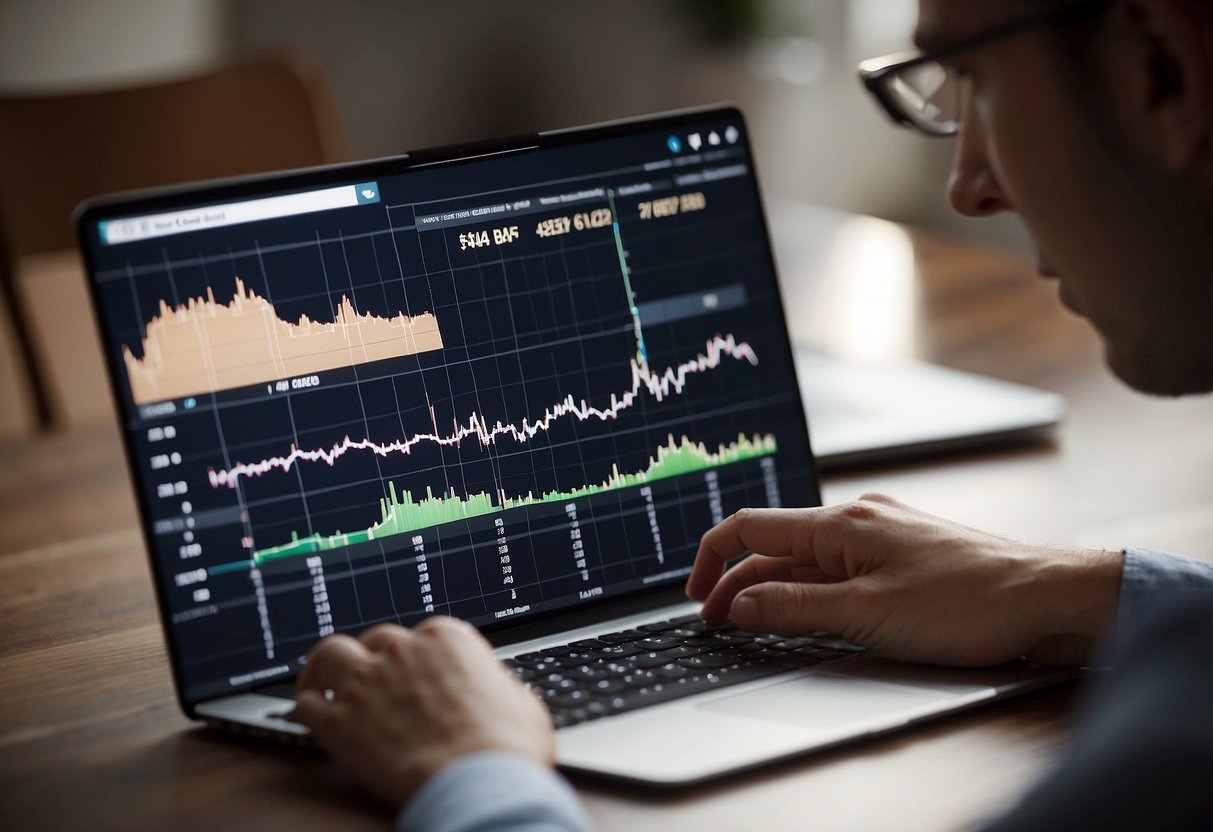
Economic Indicators
Economic indicators provide valuable insights into the state of the economy and significantly affect interest rates. Key metrics include Gross Domestic Product (GDP), inflation rates, unemployment rates, and consumer spending levels.
For example, high inflation often leads central banks to increase interest rates to cool down the economy. Conversely, high unemployment might prompt a reduction in rates to stimulate job creation and economic growth. Economic indicators help predict the direction of interest rate movements by reflecting current economic conditions and future trends.
Market Demand and Supply
Interest rates are also influenced by the supply and demand for money in financial markets. When demand for loans increases, interest rates tend to rise because lenders can charge more. Conversely, if the supply of available funds exceeds demand, interest rates tend to drop.
Market sentiment, investor behavior, and global financial conditions can all impact supply and demand. For instance, during periods of economic uncertainty, investors may seek safe assets, driving up the demand for government securities and affecting interest rates accordingly. By understanding these dynamics, individuals and businesses can better navigate borrowing and investment decisions.
Interest Rates and Inflation
Interest rates and inflation are closely tied. Changes in one often affect the other, impacting the broader economy.
The Relationship Between Inflation and Interest Rates
Inflation occurs when prices for goods and services rise, eroding purchasing power. Central banks, such as the Federal Reserve, use interest rates to manage inflation. When inflation rises, central banks may increase interest rates to slow economic growth and reduce price pressures.
Higher interest rates make borrowing more expensive, which can reduce spending and investment. This helps cool off an overheating economy. Conversely, if inflation is too low, central banks might lower interest rates to encourage borrowing and spending, stimulating economic activity and counteracting deflationary pressures.
Thus, the relationship between interest rates and inflation is a balancing act central banks navigate to maintain economic stability.
Interest Rates and the Consumer

Interest rates have a significant effect on how consumers save, borrow, and manage credit. These rates influence the returns on savings accounts, the costs of loans, mortgages, and the terms of credit card debt.
How Interest Rates Affect Savings
Interest rates directly impact the returns consumers earn on savings accounts, certificates of deposit, and other savings instruments. When interest rates are high, savers receive more interest income, encouraging them to save more. Conversely, low interest rates reduce the income from savings, which might lead individuals to seek alternative investment options that offer higher returns.
Savings accounts with variable interest rates are particularly sensitive to changes in the market rate. This fluctuation can affect expected earnings and influence decisions about saving or spending. Consumers should regularly review their savings strategy to maximize returns in response to changing rates.
The Impact on Loans and Mortgages
The cost of borrowing money for personal loans and mortgages is heavily influenced by interest rates. Higher interest rates increase the cost of loans, leading to higher monthly payments and overall borrowing costs. This can deter consumers from taking out loans for large purchases, such as homes and cars.
Mortgage rates also impact the housing market. When rates are low, more people can afford to buy homes, potentially driving up property prices. On the other hand, higher rates may cool down the market by reducing affordability. Borrowers should compare loan offers and consider locking in rates when favorable.